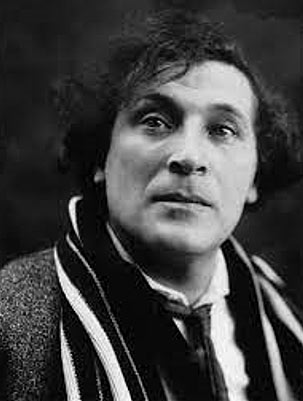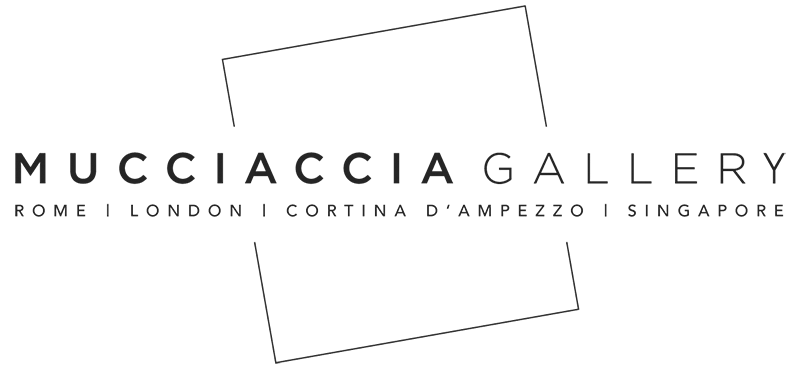Marc Chagall
Marc Chagall was born in Vitebsk (Russia) in 1887, the eldest son of a Jewish family of nine children. At the end of his high school studies (1906), he attended Jehuda Pen’s atelier for about two years. This was followed the following year by the Zvanseva school and Léon Bakst’s atelier in Saint-Petersbourg.
In 1910, Chagall obtained a scholarship from a patron, which enabled him to travel to Paris. He settled in the Ruche in 1911, worked intensively and met Guillaume Apollinaire, André Salmon, Max Jacob, Blaise Cendrars with whom he became particularly close and exhibited for the first time at the Salon des Indépendants. In 1914, Der Sturm Gallery in Berlin organised his first solo exhibition.
He returned to Russia for a few months at the beginning of the war, but then stayed there for several years, married and had his first child. At the outbreak of the revolution in 1917, he became director of the School of Fine Arts in Vitebsk, organised teaching and invited artists such as Pougny, El Lissitzky and Malevitch. After a clash with the Suprematist current in 1920, Chagall resigned and went to live in Moscow. The following year, he began writing ‘My Life’, his autobiography, and made his first engravings in 1922 to illustrate the work. Reaching Paris in 1923, Vollard commissioned numerous works from him. His life was then studded with many new encounters: Tériade, Maillol, Rouault, Vlaminck, Bonnard. 1926 was the year of his first exhibition in the United States. In 1927, Bernheim-Jeune became his art dealer. In 1930, Vollard proposed him a work on the Bible, a work that would not be completed until 1956.
The 1930s would be marked by the artist’s numerous travels, the intensification of anti-Semitism more tangible than ever in Poland and the French nationality acquired by the artist in 1937, the year in which his works would be removed from the walls of German museums! The family took refuge in Saint-Dié/Loire, then in Gordes in 1940. 1941 would be the year of his departure for the United States and the year in which Pierre Matisse became the artist’s new dealer. He returned to Paris at the end of the war in 1946, still greatly saddened by the loss of his wife Bella (1944). After the consecration of the MOMA with a retrospective, in ’47 many exhibitions were dedicated to him throughout Europe (Paris, Amsterdam, Berne, Zurich). He initially settled in Orgeval, stayed for a long time in Saint-Jean-Cap-Ferrat, then in Vence in 1950, as Aimé Maeght was his new art dealer.
Chagall took up ceramics, produced wall paintings and his first sculptures. The artist’s next 35 years were characterised by intense work (paintings, frescoes, decorations, mosaics, stained-glass windows, etc.) and saw him achieve the greatest recognition and honours, which is due to one of the masters of the 20th century.The Message Biblique Museum was inaugurated in Nice in 1973. Chagall passed away in Saint-Paul-de-Vence on 28 March 1988.


